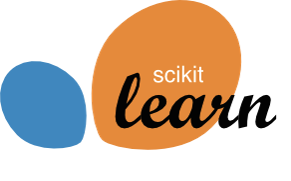How are the priorities of the consortium defined?
The scikit-learn Consortium @ Inria defines a roadmap every six to eight months during its Technical Committee. Previous roadmaps are available here.
Why a roadmap?
The members of the Consortium provide their financial support without any service counterpart. The definition of a development and general activities roadmap is an important step in building trust between the members of the Consortium. It represents our effort to focusing together on the right path for the success of the library, in term of impact on the software market and sustainability for the Community. The roadmap sets our direction.
The roadmap only binds the developers staffed at the Consortium. Also, it should take into account the needs of the Community, in order to avoid conflicts of interest or waste of efforts.
Who defines the priorities?
The Technical Committee of the scikit-learn Consortium is composed of:
- representatives of the technical staff funded by the Consortium,
- a representative of each Consortium member,
- up to as many representatives of the scikit-learn Community as Consortium members.
They have the responsibility to elaborate the roadmap.
How the roadmap is defined?
During Technical Committees, the technical staff of the Consortium summarizes the work done throughout the previous months. Then, the members describe how they use scikit-learn and which features they would like to see improved or added to the library. Discussions will follow aimed to prioritize the proposed items and find common strategies to address them. When a feature is already in the scikit-learn roadmap it is very likely to be spotlighted. Sometime our sponsors are able to propose a contributor to start work on proof of concepts: this helps in moving forward with a proposed feature.
What does the roadmap specify?
The Consortium roadmap contains the recommended technical features: if relevant, the links to issues or pull requests already open into the issue tracker are listed. The roadmap also contains non technical suggestions, such as community support and release frequency. Consortium members are invited to propose topics for development sprints and workshops. For instance, the Consortium has recently organized an event around Interpretability and explainability issues of Machine Learning models.
